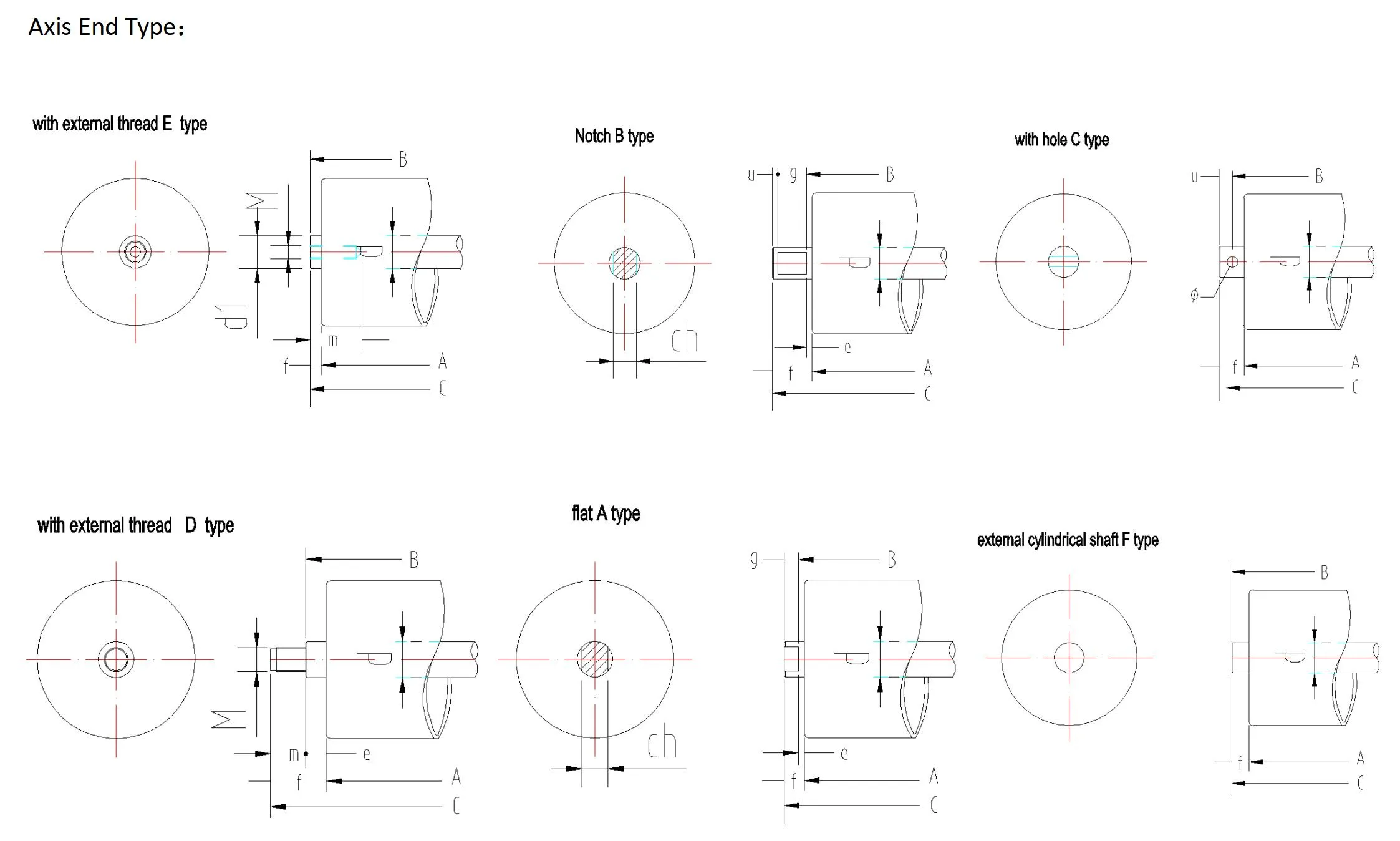pulley lagging types
Understanding Pulley Lagging Types
Pulley lagging is an essential aspect of conveyor systems that significantly enhances their performance and longevity. It refers to the materials or coatings applied to the surface of pulleys to improve traction, reduce slippage, and protect the pulley from wear and tear. Selecting the right type of lagging can result in better efficiency, lower maintenance costs, and increased safety in various industrial applications. In this article, we will explore the various types of pulley lagging available, their characteristics, and their suitable applications.
1. Rubber Lagging
One of the most common types of pulley lagging is rubber lagging. This type is typically made from high-quality natural or synthetic rubber, providing excellent traction and durability. Rubber lagging comes in various thicknesses and can be smooth or textured. The textured surface aids in creating a better grip on the conveyor belt, thereby minimizing slippage. Rubber lagging is often preferred in environments where moisture or dirt can affect performance, making it ideal for mining, aggregate, and other heavy industries.
2
. Ceramic LaggingFor applications that involve high wear and tear, ceramic lagging is often the material of choice. Ceramic lagging incorporates ceramic tiles embedded in a rubber matrix, offering unparalleled resistance to abrasion and extended service life. Its superior hardness makes it suitable for conveyor systems handling coarse, sharp materials. Although ceramic lagging may come at a higher initial cost, its durability and performance often result in long-term savings and fewer replacements.
pulley lagging types

3. Polyurethane Lagging
Polyurethane is another advanced material used for pulley lagging. Known for its flexibility and resilience, polyurethane lagging provides excellent wear resistance while maintaining its grip even in slippery conditions. This type of lagging is resistant to chemicals and is less susceptible to damage from UV exposure, making it an excellent choice for industries such as food processing and pharmaceuticals. Moreover, polyurethane lagging can be manufactured in various colors, allowing for easy integration into existing systems.
4. Steel Lagging
For the most demanding applications, steel lagging is often the best solution. This type is typically used in heavy-duty environments where high levels of torque and force are common. Steel lagging provides exceptional durability and is typically found in industries such as steel production and cement manufacturing. However, it is essential to note that steel lagging can lead to increased wear on the conveyor belt if not properly maintained.
Conclusion
Choosing the right type of pulley lagging is critical for the efficiency and lifespan of a conveyor system. Factors such as the materials being transported, the operating environment, and maintenance costs should all be considered when selecting lagging. Whether opting for rubber, ceramic, polyurethane, or steel lagging, understanding each type's characteristics can help industries optimize their operations and minimize costly downtime. Proper implementation of the right lagging solution will ensure that pulleys operate effectively and contribute to the overall success of the material handling system.
-
Impact Roller for Belt Conveyor – Durable Solutions for IndustryNewsNov.24,2025
-
Rubber Conveyor Rollers – Quiet, Durable, Sealed BearingsNewsNov.24,2025
-
Industrial Conveyor Belt Rollers: Durable Solutions for Harsh EnvironmentsNewsNov.24,2025
-
Idler Rollers for Belt Conveyors | Durable, Low-Noise OEMNewsNov.24,2025
-
Durable Rubber Conveyor Belt Rollers for Industrial UseNewsNov.24,2025
-
Ceramic Lagging Conveyor Pulley – Anti-Slip, Wear-ResistantNewsNov.17,2025






























